Jeremy Baker
provenb0f341
Larco Museum , Lima Perú - www.museolarco.org/en/

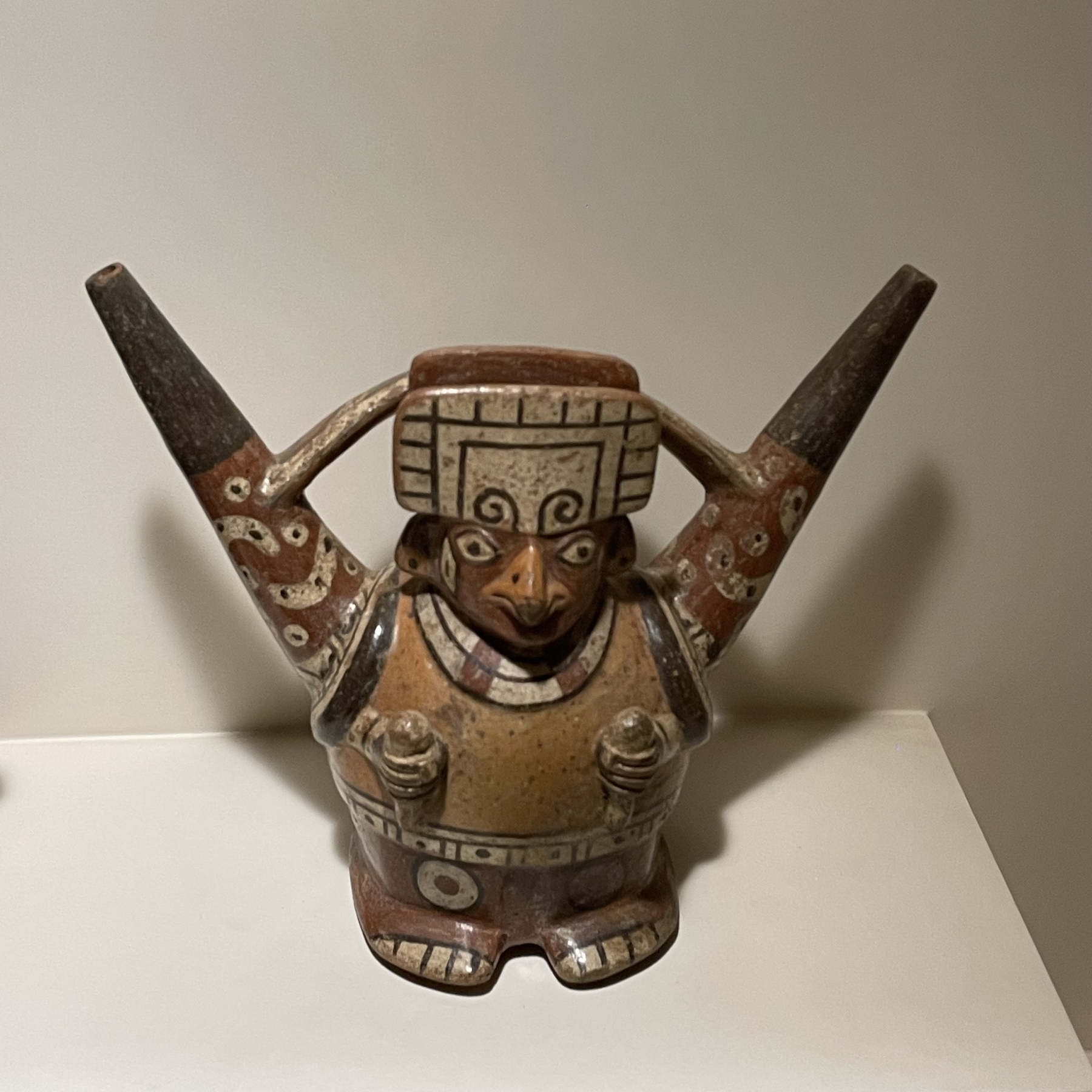




First archaeological site in Perú - Huaca Pullcana adobe-brick pyramid of the Lima culture (cAD200-700).

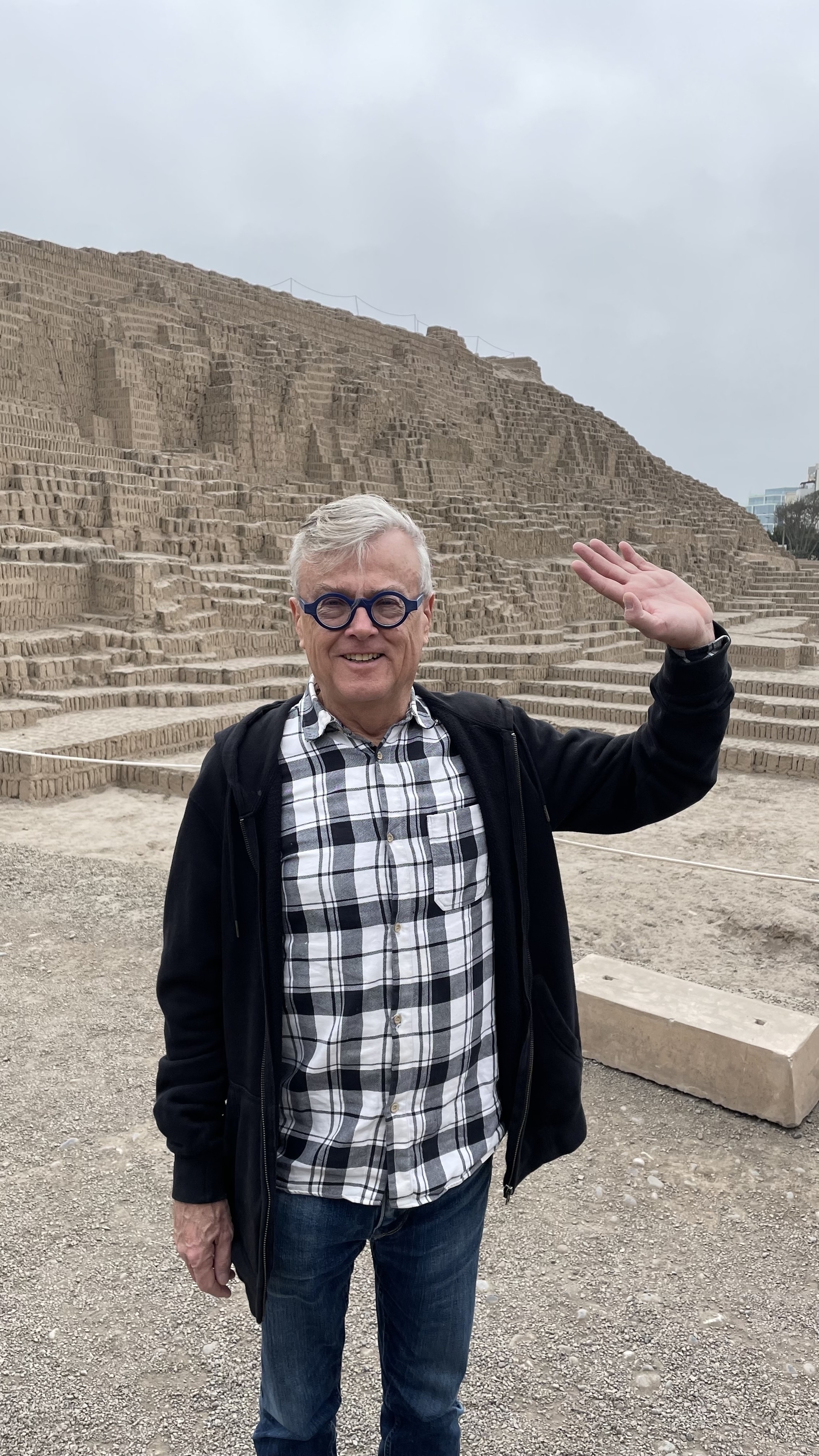


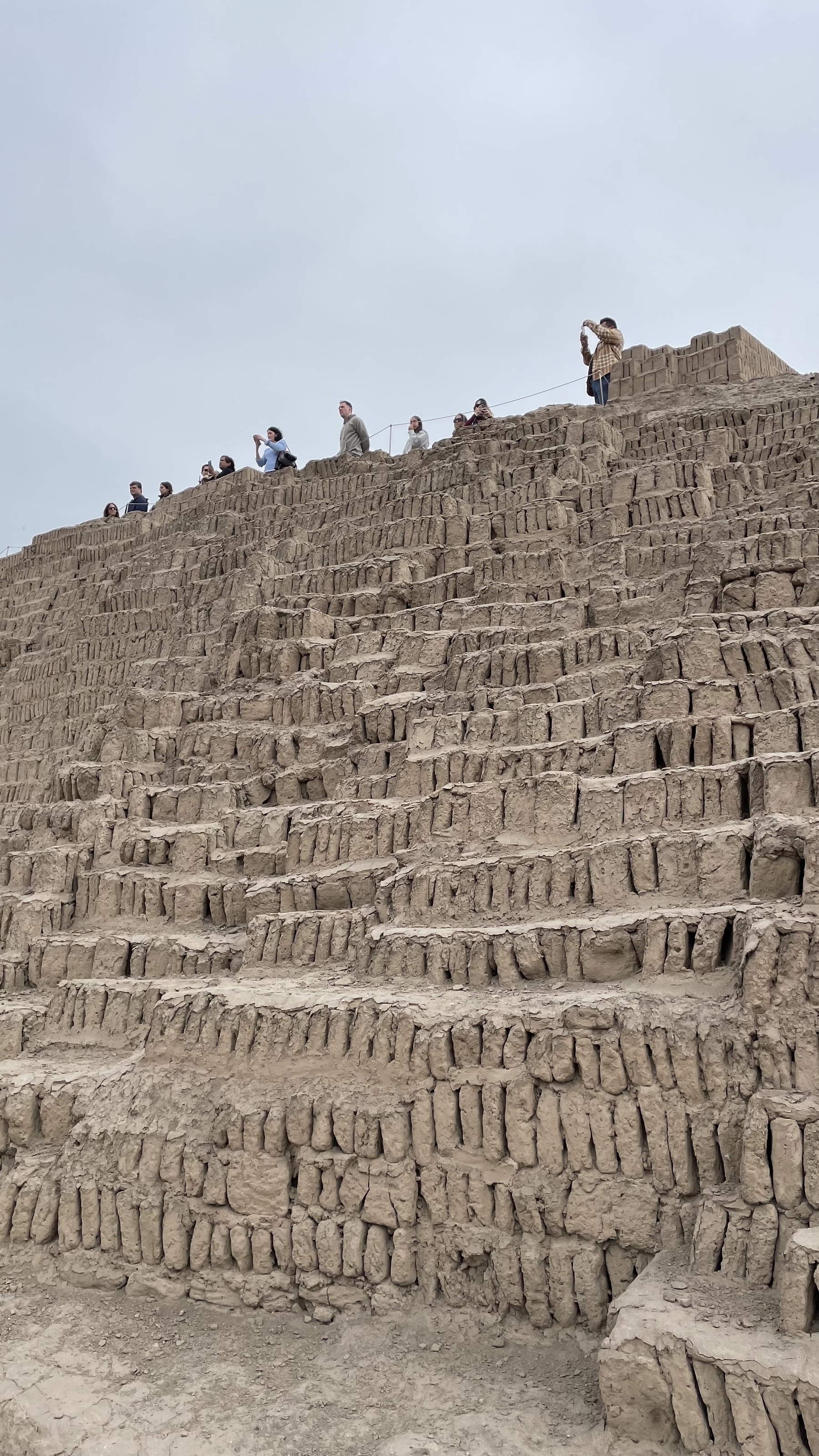


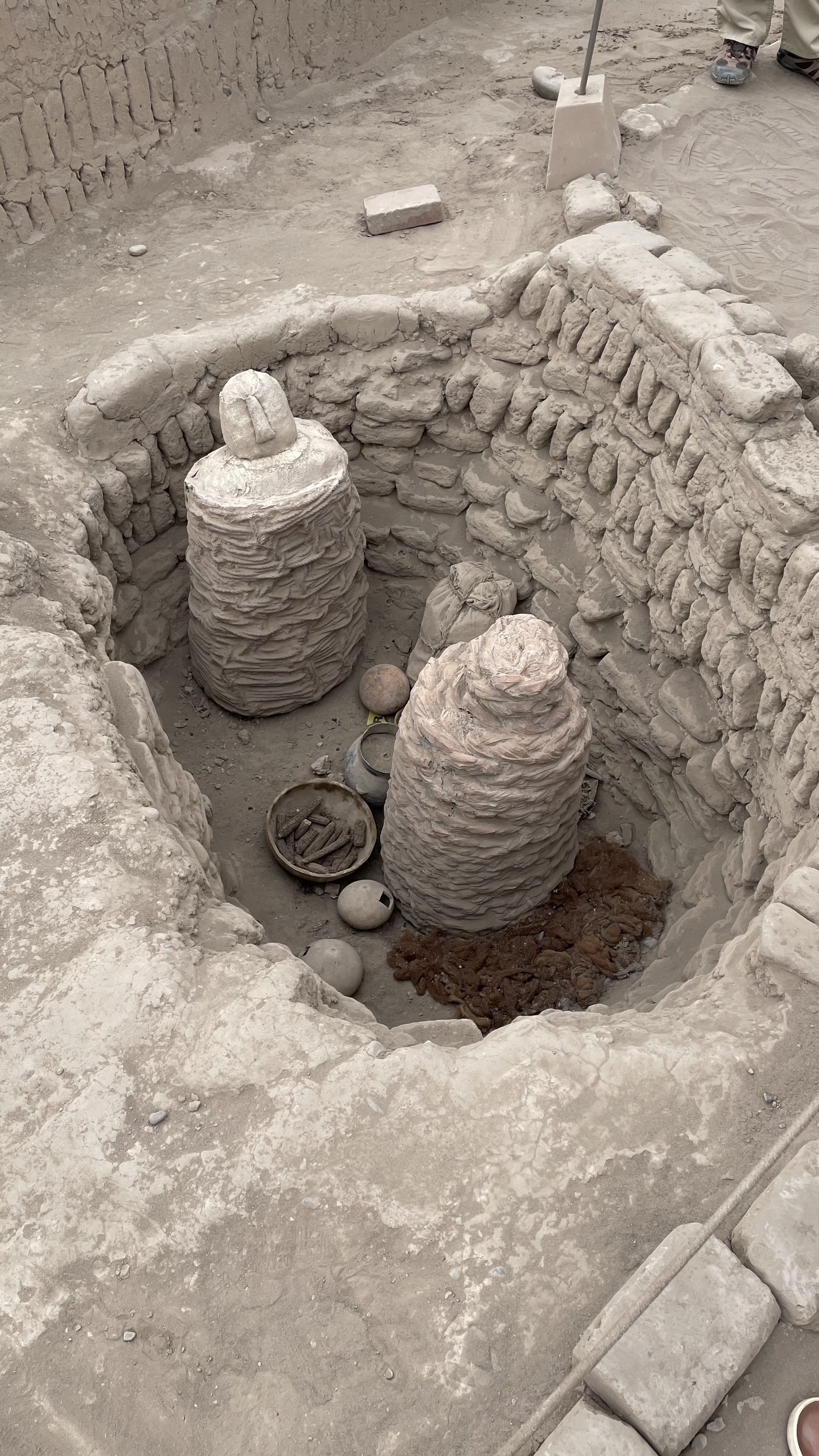
Successful book haul from Abbeys Bookshop in central Sydney 📚🛍️😜😳
So many great history books!
(Some pre-planning may have been involved…)
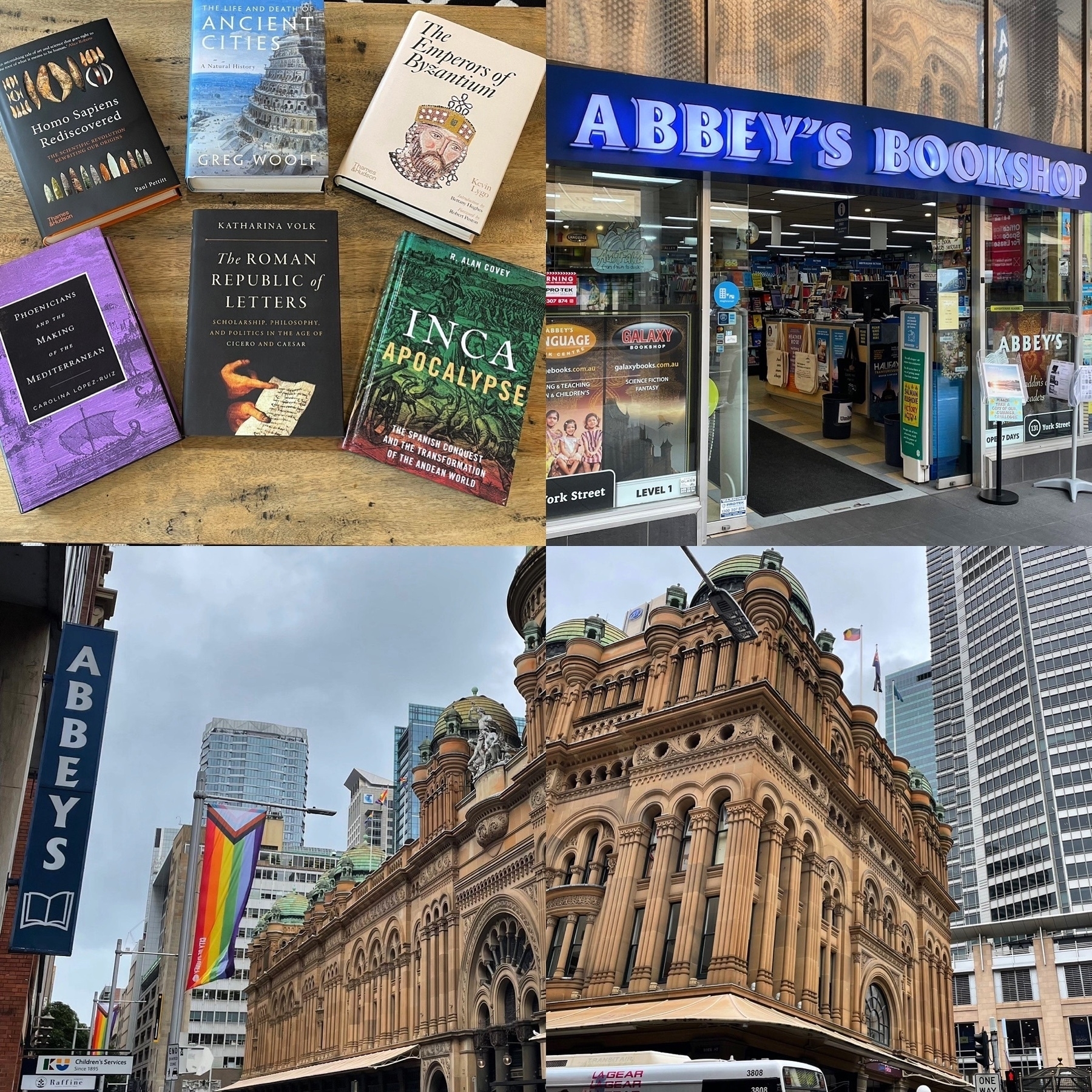
Today’s book purchase: “Procopius: The Secret History” (Folio Society, 1990) from the excellent Ferret Bookshop on Cuba St, Pōneke. 📚#Books #SecondHand #History #Roman #Byzantine #FolioSociety

End of a long saga in Kiribati
It has been a very long year for my partner, Judge Bill Hastings, as a serious constitutional crisis has unfolded in the Pacific island state of Kiribati.
I am extremely proud of the work he did in Kiribati before and during this crisis, and of the integrity and measured judicial approach he has demonstrated throughout.
It is deeply sad that what started as a wonderful opportunity to help the further development of an independent and increasingly indigenous judiciary in Kiribati has ended the way it has.
The article below provides a good account of this week’s developments:
New Zealand judge resigns from top-ranking Kiribati judicial position
A Wikipedia article provides the full background to the constitutional crisis:
Lies are the path to totalitarianism
“Before mass leaders seize the power to fit reality to their lies, their propaganda is marked by its extreme contempt for facts as such, for in their opinion fact depends entirely on the power of man who can fabricate it.” – Hannah Arendt, The Origins of Totalitarianism 💬
The Ness of Brodgar
The Ness of Brodgar Excavation continues to uncover fascinating information about Neolithic Orkney:
At its zenith, in the main phase that we are currently exploring (dating from c 3100BC), the Ness was dominated by huge freestanding buildings flanked by a pair massive stone walls.
The best book on the Ness at present is The Ness of Brodgar: As It Stands (Orcadian, 2020)
I am very keen to visit this and other sites in Orkney at some point!

Finished reading: The Adventures of Ibn Battuta 📚- accounts of the 14thC travels of Ibn Battuta.
Long term trends fascinate me; fads don’t. It’s working out which is which that is the problem. #mbnov
I absolutely love following along as the ongoing excavations at the Ness of Brodgar reveal new insights into this fascinating Neolithic site in the Orkney islands.
The latest update shares new findings about Structure Twenty-Seven and the ‘exquisite’ stonework involved.
She Who Wrote: Enheduanna and Women of Mesopotamia, ca. 3400–2000 BC
This exhibition at the Morgan Library and Museum in New York from October 2022 to February 2023 looks fascinating! Wish I could spare the time to go and see it.
The exhibition covers the first known author by name in history - Enheduanna, the high priestess of the temple of the moon god in the city of Ur. She was the daughter of the Akkadian king Sargon (ca. 2344-2279 BC). Her poetry reflected her deep devotion to the goddess of sexual love and warfare—Inanna in Sumerian, Ishtar in Akkadian.
She Who Wrote: Enheduanna and Women of Mesopotamia, ca. 3400–2000 BC
Viking Textiles Show Women Had Tremendous Power
Exciting article that details new findings on the archeology of textiles in the Viking era, and the implications for the wealth and power of women in that culture and period.
Viking Textiles Show Women Had Tremendous Power - Scientific American
Plants and rocks at Pukeahu National War Memorial Park. Pōneke.


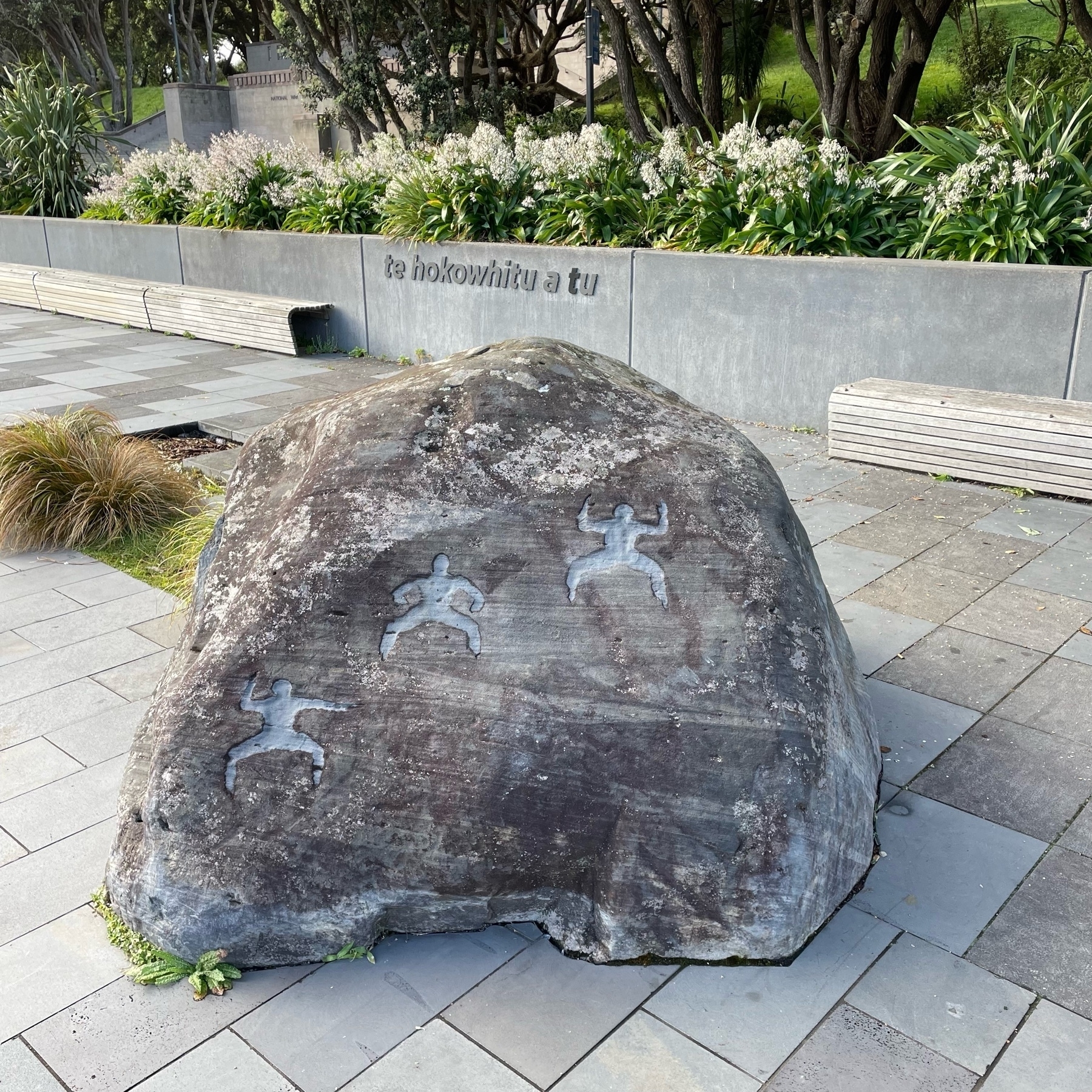

The ancient art of barrel making, the work of a ‘Cooper’, has always fascinated me. One of many crafts we once relied on, but is now a rare and marginal skill. #mbnov #crafts
This book looks fascinating: The Oldest Living Things in the World (Rachel Sussman)📚
Matariki and the European Bronze Age
Aotearoa NZ is about to celebrate Matariki - the appearance of a constellation of stars that herald the Māori new year. New Zealand will have its first public holiday for Matariki this Friday 24 June.
Many cultures around the world and across history have used the Pleiades star cluster as calendrical markers.
As the recent book "The World of Stonehenge" (p145) notes, the Nebra Sky Disc (from Bronze-Age eastern Germany c1600BC) features this symbolism:
"There is a distinctive rosette of seven stars clustered between the full and the crescent moons. These are identified as the Pleiades or Seven Sisters (fig. 3.22), recognised by many world cultures as calendar stars, since they are last seen in the night sky in March and only reappear again in October."
"The Greek poet Hesiod, writing in c. 700 BC, noted that 'when the Pleiades rise it is the time to use the sickle, but the plough when they are setting'. Their disappearance and appearance has been seen historically a marker of the beginning and end of the farming year in Europe, and the Skidi Pawnee people of North America used these celestial markers as a sign to prepare rituals and ceremonies connected to the agricultural cycle. In the region of eastern Germany where the disc was found, the Pleiades is last seen in the sky on 10 March, alongside the young, crescent moon. The full moon accompanies the reappearance of the constellation on 17 October. On the disc, the Pleiades is tellingly placed between the crescent and full moons, suggesting an awareness of this celestial rhythm."
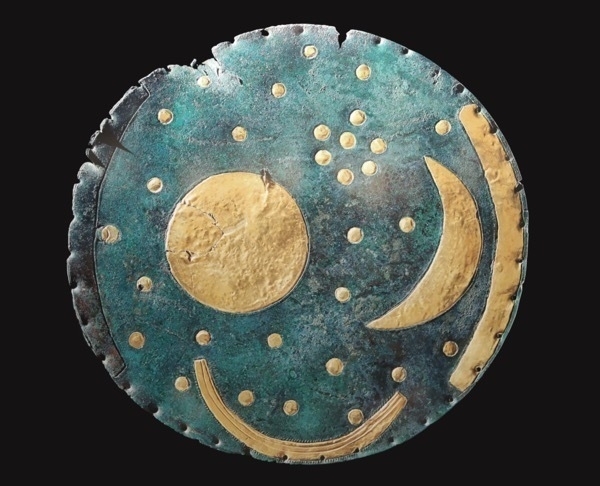
This is a fascinating connection between a prehistoric Bronze-Age world, and the resurgence of te ao Māori in contemporary Aotearoa.
Old Babylonian Survey tablet (Si.427)
An Australian mathematician, Dr Daniel Mansfield, has recently completed an analysis of an Old Babylonian (1900-1600 BC) Survey tablet (known as Si.427) from the ancient Mesopotamian city of Sippar. His analysis demonstrates the tablet includes a highly detailed survey plan, measured and drawn using Pythagorian trigonometry over a thousand years before Pythagoras. The tablet records land owned by Sîn-bêl-apli of Sippar, a “water-meadow”, and new land purchased. It is a remarkable insight into the complexity of life 3,700 years ago.
Links
In the video linked below, Dr Mansfield explains the content of the tablet: YouTube Video
A write-up of the analysis in the Conversation: How ancient Babylonian land surveyors developed a unique form of trigonometry 1000 years before the Greeks
Cuneiform Digital Library Initiative: Item P128359 (aka Si.427)
Picture of the Survey Tablet (Si.427)
A picture of the obverse side of Si.427. Photograph by and courtesy of the Istanbul Archaeological Museum.

Books on Early Medieval England
Two new books on Early Medieval England. Quite apart from anything else, both are exquisite objects.
"The First Kingdom" - Britain in the Age of Arthur (Max Adams 2021)
Focuses on the two centuries after the end of the Western Roman Empire around 400AD. Explores the archeological, geographical and limited textual evidence for continuity and change in this period, and the emergence of new forms of political and social organisation in the post-Roman era. [LibraryCatalog]
"The Anglo-Saxons" - A History of the Beginnings of England (Marc Morris 2021)
Covers a longer period from the end of Roman Britain to the Norman Conquest of 1066AD. Draws on much recent scholarship, archeology and analysis, but also seeks to provide a coherent narrative for the era. The role of the church and religion, and state formation, are given prominence, as well as key individuals both ecclesiastical and royal. [LibraryCatalog]

Two new books...
Two new books arrived today. 📚
Both advance the notion that key philosophical ideas 'remade the world' - but advance completely opposite views of what that driver was. Tom Holland argues that Christianity is the defining underpinning of the modern world, while Stephen Greenblatt argues that it was the rediscovery of pre-Christian thinking in the renaissance that defined modernity.
Dominion - How the Christian Revolution Remade the World (Tom Holland, 2019)

The Swerve - How the World Became Modern (Stephen Greenblatt)

5 stars to Inventing the World: Venice and the Transformation of Western Civilization by Meredith F. Small 📚
River Kings: A New History of Vikings from Scandinavia to the Silk Roads 📚
An exciting new book arrived today, detailing some fascinating new bioarchaeological findings from the Viking ‘Great Army’ mass burial at Repton, UK. A carnelian bead identified connections between western and eastern Viking expansion, travel and trade.









